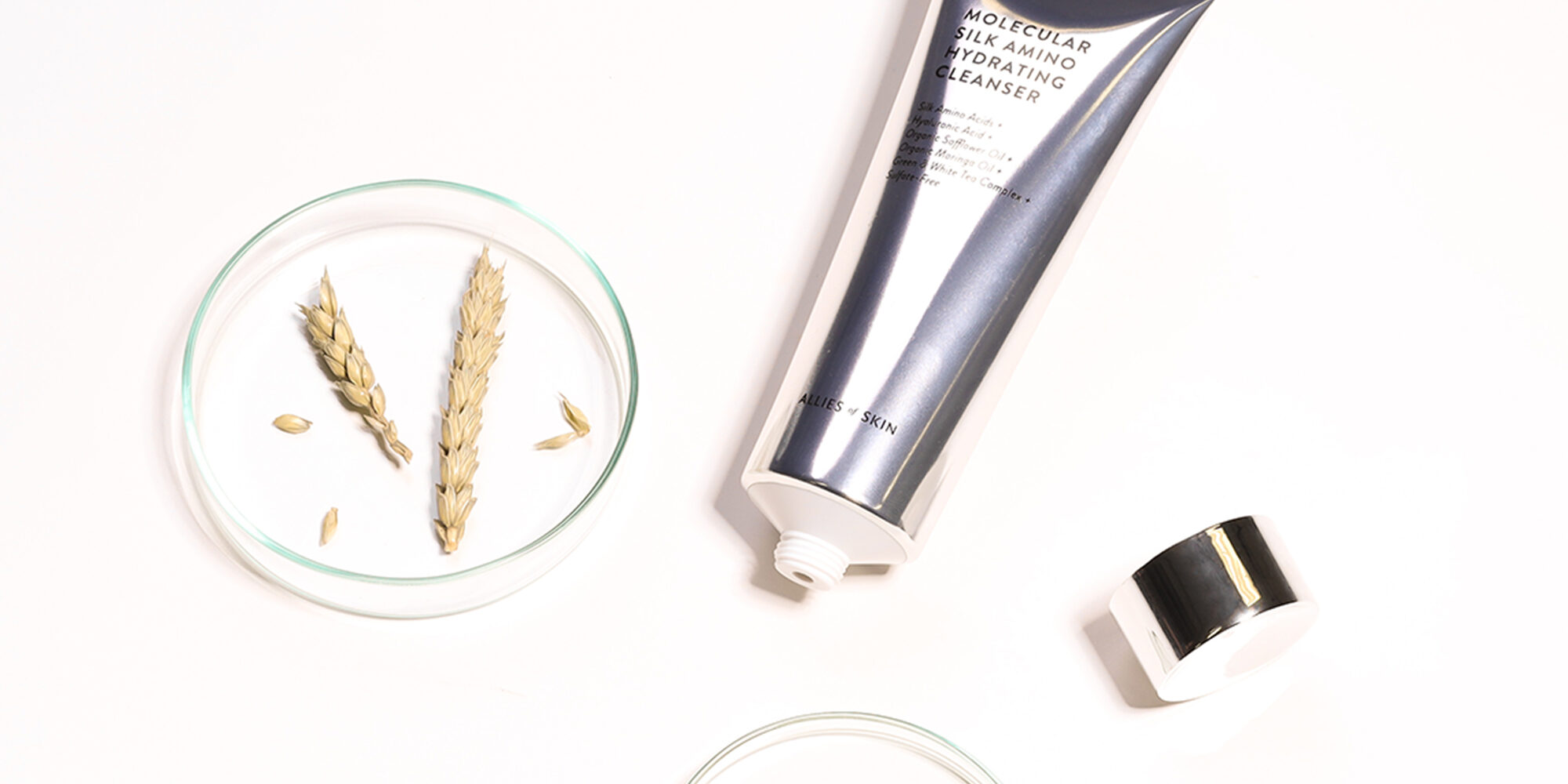
How Growth-Focused Investor DRVE Boosts Brands’ Monthly Revenues
The shift to digital shopping means it’s imperative for both upstart and established brands to nail direct-to-consumer operations as the low barriers to entry have allowed for an influx of competitors.
Allies of Skin refocused its DTC efforts in 2020 hoping to alleviate its reliance on retail partners. Around 80% of sales were coming from retailers before 2020, and founder Nicolas Travis realized the fundamental issue for the brand online was figuring out how to optimize campaigns for each social channel while keeping costs down. “We were paying almost $50,000 a month working with a well-respected agency and basically didn’t get anywhere because the cost of the ads was really high to bid on and the bounce rate was very high,” says Travis. “We were told that in order to increase revenue we needed more budget but that was something we couldn’t afford.” Allies of Skin tapped DRVE in late 2019 to accelerate its online growth and run performance marketing. In 2020, Allies of Skin saw its online sales grow 100X from the year before.
Founded in 2018 by Oliver Mauss, DRVE offers an alternative to a typical marketing agency because it also functions as an equity investor. The principle behind the firm is to build best-in-class shared infrastructure services in functions that can make a difference for a brand’s trajectory and deploy capital toward marketing strategies with a data-driven approach instead of giving money to a brand that turns around and gives that money to an agency. The firm has funded and scaled more than 60 e-commerce businesses, including Allies of Skin’s sister brand PSA Skincare, Skinnies and Sahajan, and has consistently delivered monthly online sales increases of at least 20% for those e-commerce businesses.
“What I discovered is that e-commerce companies all have the same problem, it’s cash flow and going to market,” says Mauss.“Most equity investment dollars are going to Facebook and Google and what we’re trying to do is just keep that piece out of it because any company in e-commerce is basically using something between 30% and up to 70% of their revenue for online advertising. So if I take out that big piece of cash flow and I can provide that plus the execution, it makes a huge difference for a company. At the end of the day, it’s about how we can put capital to work and make the brand scale profitably”.
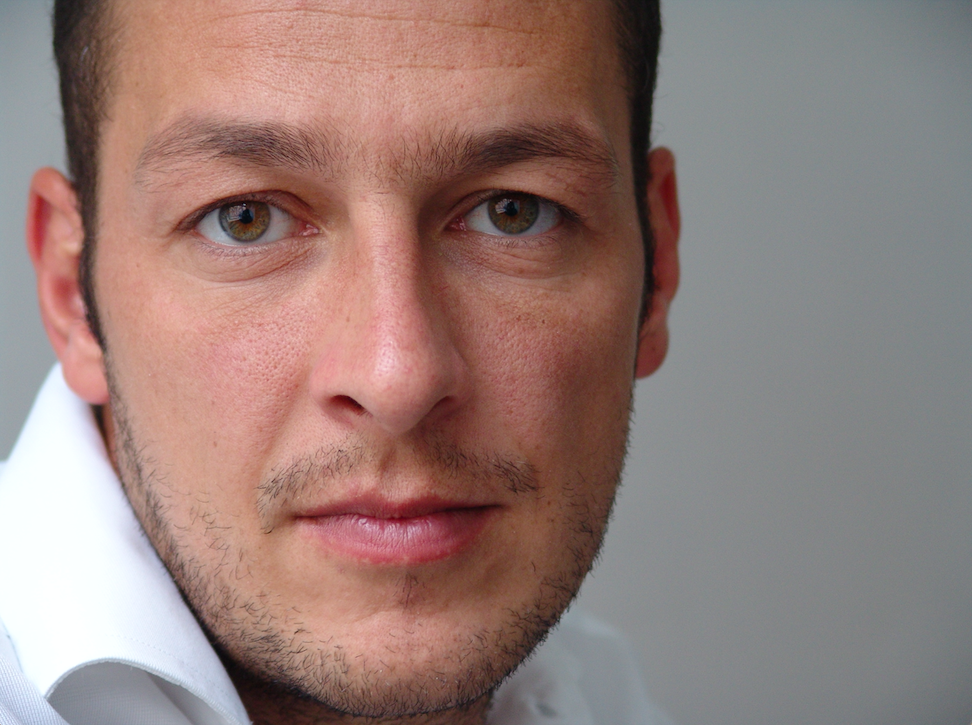
You’re not just giving brands capital, you’re really giving them management services and operational functional services. How do you calculate your contribution?
Our investment approach is that capital alone does not drive growth. We can make a difference thanks to this holistic approach, and our diverse resources to tackle online growth, including capital, systems, partnerships and paid marketing and e-commerce experts.
So, how do we calculate all that? Everything that we do is based on real-time data, and we can predict what it costs us to acquire a customer today, tomorrow, in a week or two or to what level of sales we can take it. We set up an agreement that guarantees the brand those costs and, then, deliver data-driven online sales growth. So, it’s more or less a cost per order deal, fixing and de-risking the marketing spend for brands. The whole Velocity Program is self-sustaining. The money comes back, we reinvest it, and this is how the brands grow.
As our Velocity Program accelerates online sales growth, we find that businesses often require capital to scale the rest of the business—operations, personnel, customer care, inventory, product development and capacity to expand into new markets. This is where DRVE often provides further investment with equity capital, loans or advances to ensure brands on the Velocity Program can keep up with sales growth. It also provides comfort that both DRVE and the brand are vested to work as partners in tandem and to reach growth goals.
How does that initial conversation go with a brand founder looking to work with you?
Brands usually get in touch with us via an application on our website or reach out through our network. We have some minimum criteria, review the product and the online store and, if we see potential fit, we usually talk to the entrepreneurs behind it. Afterward, we move quickly thanks to our automated process, which is based on analyzing key metrics and historical growth data.
We consolidate this information and analyze it with our own rating system. This is our solution to take away any bias in the decision-making process and get an objective view of the business’s health. With this data-driven process, DRVE looks at three key aspects to qualify and identify the CPO (cost per order) for the brand, those being the online sales analytics, the e-commerce setup and online brand presence. This entails access to their data like Google Analytics or their shop advertising accounts, whatever they have. We then let the algorithm work and consume the data so that our system can tell us this is where it could go or what’s possible. We then have an assessment call to review and contextualize the scaling case for the brand with the Velocity Program.
Is this primarily designed to help a brand accelerate the growth of their DTC business or does it also involve helping them with wholesalers or Amazon?
DTC is a natural fit given the online focus however, particularly during 2020, we have seen many brands flock to prioritize their direct online sales. Amazon is a big part, too, depending on the brand and what they’re doing, and we have Amazon specialists to complement the overall online strategy. Usually on Amazon, if you reach a certain point, you can just accelerate it from outside, which is where Google and other tools come into play to push traffic to Amazon.
Then, there’s wholesale, which is a different game, but we have done that, too. For example, we had somebody making reusable coffee cups, and we had the idea that we could engage with coffee shops so that these places would sell his cups. That went really well because we could target them. It really depends on the product.
What type of companies are you looking for? What has to stand out when you talk to founders?
$300,000 a year in online sales is usually the minimum. We’ve made some exceptions for brands with a unique product or solution, but, if the brand doesn’t hit this minimum in online sales, it means they will probably don’t have the right set up or team yet or perhaps they will lack the production cycles, online brand presence or customer care. We would still talk to these founders, but often there are many challenges and question marks that they need to work on before joining the program.
Part of our job is to identify when the product and team are stable enough to scale online sales because, obviously, if we jump on that boat the whole company needs to be prepared to deliver on the online sales growth that Velocity will be generating. I would say our thesis is around speed, and that’s the reason why we are looking for businesses that can move quickly. We assess how fast they are moving to execute on that one metric that matters. Our program is a good fit for teams that understand what accelerated growth means and are ready for it.
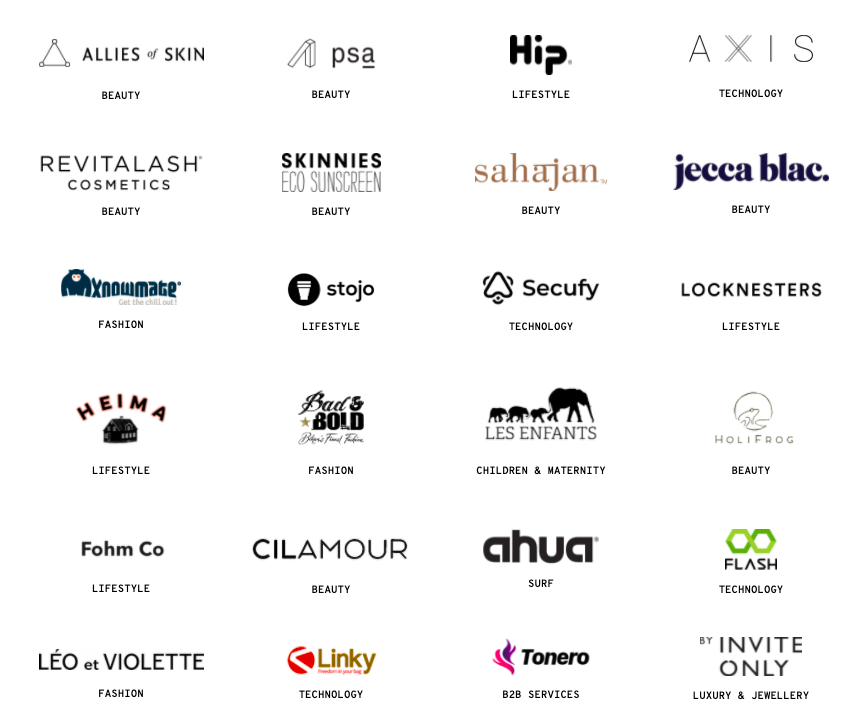
What’s your ideal arrangement where you could add the most value for a brand?
The ultimate goal is to see what ambitious founders and unique brands can do with more capital, expertise and systems. Our ideal scenario is normally a brand with a unique/innovative proposition which makes $1 million a year that has a decent online customer journey, social proof and stable in one territory, and where we could write an equity check. This is a reasonable starting point where the business has a basic foundation to scale, grow that core market and, then, move it to the next market and expand their offering and beyond. The maximum equity investment we would write is probably $5 million in addition to the funds provided from the Velocity Program to propel paid marketing.
As an investment firm, we try to find brands that offer unique value and, in the same way, we offer a unique program that does offer a lot more than capital. The Velocity Program is self-sustainable, and it’s designed to upfront fund and fully manage paid marketing and generate revenue at a fixed CPO. That’s already a huge change for them cash-flow wise because they don’t have to advance and risk marketing costs which brands can use for production or other business needs.
In terms of your operating model, do you like to come in and take over or is it more collaborative?
It’s much more collaborative. As investors and growth partners, we regularly work with the founders and the marketing leads to ensure the business is growing in the right direction. That said, our focus is to manage paid marketing to deliver online sales growth. Our immediate goal when we onboard new companies in the Velocity Program is to take away the concern about scaling online sales and minimize the risk of ad spend, so the founders and their teams can work on the rest of the process and deliver the best results. Of course, wherever founders need help, we are there to help them find solutions, but we make sure we let them take ownership of their business.
What is it about beauty and wellness that attracts DRVE?
That comes mostly from the sector’s characteristics. In beauty, you have to spend a very high percentage of your sales in online advertising to be able to compete and, since our business is to put money to work with online marketing, it’s a good fit for us. It’s a fast-moving industry with good customers who return again and again if the brand resonates and the product is good, but you need a lot of advertising budget to continuously sustain it.
When you write a brand an equity check, is the understanding that that check is going to come back to you to pay for services that your company is providing? Or do you provide those services as part of the investment and that money only goes for external things like inventory or Facebook?
It’s the latter. You could be in the Velocity Program without us writing an equity check. In the Velocity Program, we charge a CPO, the majority of which is to cover media costs from which we earn a revenue share of 1% to 2% commission, and that’s how it works. It’s a bit of a different game if we write you an equity check on top of that because that’s an additional investment to tackle higher and/or wider growth. With an equity investment, we’re participating in the long term and clearly willing to risk more if you are part of our group. So, it’s two different things that are very connected.
In the Velocity Program, you are risk sharing and, if you’re not taking equity, then you make money based on a percentage of sales?
Right, like 1% to 2% of the revenues. And here’s the thing, usually, it’s cheaper for the companies because we just perform so much better with our data-driven investment approach.
What’s next for DRVE in terms of markets that you serve geographically?
We’re doing a lot in Europe, North America and Southeast Asia. We also have companies in New Zealand and Australia.
Are you looking to raise capital so you can write bigger checks?
Our current structure has served us well thus far, and we are exploring a potential vehicle to expand our investment capability further to complement our Velocity Program. So, if we want to call that raising money, that would be it, but it’s not really a priority as we are well-capitalized. The next step for us would definitely be to increase our funding range in both directions so that we can provide funding for smaller companies and write bigger checks on the other side.
To learn more about working with DRVE, click here.
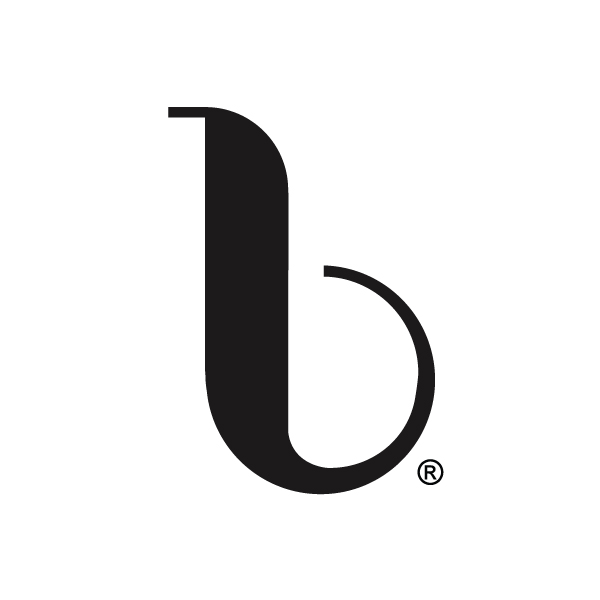
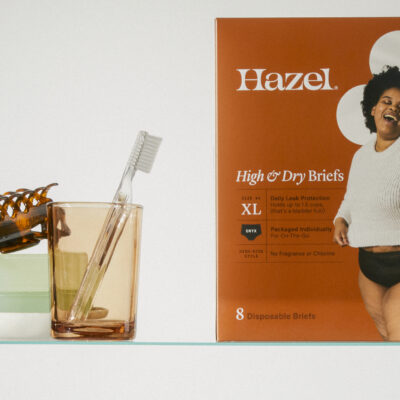
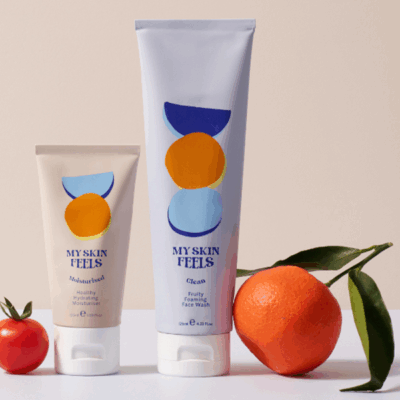
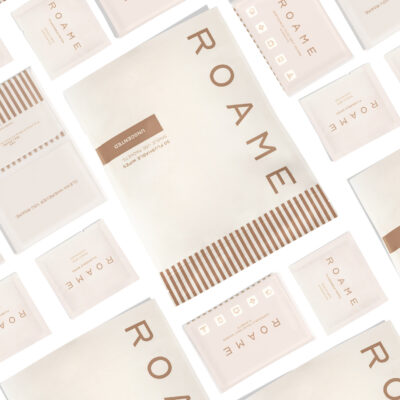

Leave a Reply
You must be logged in to post a comment.